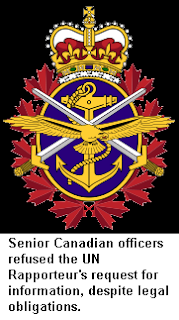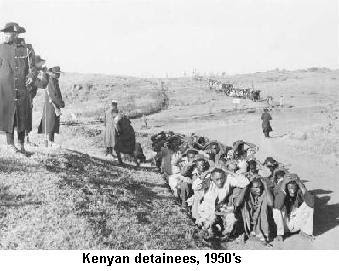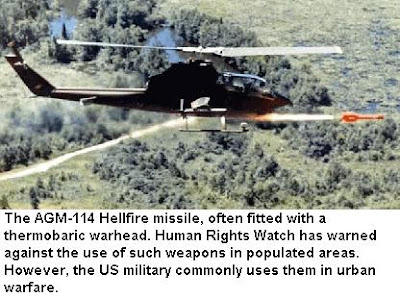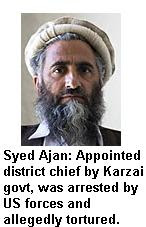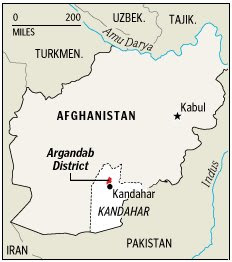On May 27, Amnesty International released its International Report covering 2007, with entries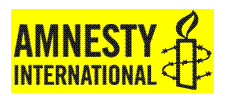 for virtually every country in the world. The section on Canada features Amnesty's concerns over our policies involving indigenous people (Grassy Narrows, Lubicon Cree, etc.), the 'war on terror' (Maher Arar, security certificates, etc.), violence against women, asylum seekers and refugees (Safe Third Country), policing issues (Tasers), and the death penalty (i.e. that Canada will no longer seek clemency for Canadians sentenced to death in the USA). That section of the report was briefly summarized by CanWest reporter Peter O'Neil, whose piece was carried in two major newspapers - the Ottawa Citizen and the Montreal Gazette (not online). These, plus a very brief version of O'Neil's piece in the Nanaimo Daily News, appear to be the only mention of the AI report in our nation's newspapers. Further, the minimal coverage elicited nothing in the way of commentary. A truly shameful story, but not our story.
for virtually every country in the world. The section on Canada features Amnesty's concerns over our policies involving indigenous people (Grassy Narrows, Lubicon Cree, etc.), the 'war on terror' (Maher Arar, security certificates, etc.), violence against women, asylum seekers and refugees (Safe Third Country), policing issues (Tasers), and the death penalty (i.e. that Canada will no longer seek clemency for Canadians sentenced to death in the USA). That section of the report was briefly summarized by CanWest reporter Peter O'Neil, whose piece was carried in two major newspapers - the Ottawa Citizen and the Montreal Gazette (not online). These, plus a very brief version of O'Neil's piece in the Nanaimo Daily News, appear to be the only mention of the AI report in our nation's newspapers. Further, the minimal coverage elicited nothing in the way of commentary. A truly shameful story, but not our story.
Our story concerns the Afghanistan portion of Amnesty's report. As you'll see below, the section on Afghanistan contains some extremely damning evaluations of NATO forces, American forces, and the government of Afghanistan. There was, however, not one word about any this in our national print media. Zero.
Excerpts from the AI report:
At least 6,500 people were estimated to have been killed in the context of the conflict [in Afghanistan]. Violations of international humanitarian and human rights law were committed with impunity by all parties, including Afghan and international security forces and insurgent groups. All sides carried out indiscriminate attacks, which included aerial bombardments by the International Security Assistance Force (ISAF) and US-led Operation Enduring Freedom (OEF) forces, as well as suicide attacks by armed groups. According to the Afghanistan NGO Security Office, there were around 2,000 non- combatant civilian deaths, with international forces causing over a quarter of casualties and insurgent groups just under half. Rights associated with education, health and freedom of expression were violated, particularly for women...
Enduring Freedom (OEF) forces, as well as suicide attacks by armed groups. According to the Afghanistan NGO Security Office, there were around 2,000 non- combatant civilian deaths, with international forces causing over a quarter of casualties and insurgent groups just under half. Rights associated with education, health and freedom of expression were violated, particularly for women...
Abuses by the Afghan government
Justice system
In June an international conference highlighted serious and systematic flaws in Afghanistan’s administration of justice...
The NDS [National Directorate of Security] mandate continued to be opaque as the presidential decree that outlines its powers remained classified. In practice, the NDS appeared to continue to exercise extensive powers including detaining, interrogating, investigating, prosecuting and sentencing people alleged to have committed crimes against national security. The lack of separation of these functions violated the right of suspects to a fair trial, contributed to impunity for perpetrators of human rights violations and undermined the rule of law. There were consistent reports of torture and other ill-treatment of detainees held by the NDS...
against national security. The lack of separation of these functions violated the right of suspects to a fair trial, contributed to impunity for perpetrators of human rights violations and undermined the rule of law. There were consistent reports of torture and other ill-treatment of detainees held by the NDS...
Impunity
A culture of impunity continued, boosted in February by the introduction of the Amnesty Bill, which absolves the government of responsibility for bringing to justice suspected perpetrators of past human rights violations...
Abuses by international forces
Killings of civilians
International military forces reportedly caused the deaths of several hundred civilians. Some may have been victims of indiscriminate attacks in aerial bombardments and other operations that may have violated international humanitarian law. After several high-profile incidents in mid-2007 involving civilian deaths caused by international military forces, ISAF forces instituted new rules of engagement. It remained unclear what impact this had, although there were regular reports of disproportionate civilian casualties as a result of international military operations.
* On 4 March, following a suicide attack on a US convoy on the Jalalabad highway in Nangarhar province, US troops opened fire indiscriminately along a 12km stretch of road killing at least 12 civilians and injuring 35 people. Investigations by the Afghanistan Independent Human Rights Commission (AIHRC) found that US forces had used indiscriminate and excessive force...
Torture and other ill-treatment
ISAF forces continued to transfer detainees to the NDS, despite allegations of torture and other ill-treatment by the NDS. Attempts by international forces to monitor transferred detainees were inconsistently applied.
In addition, forces involved in the US-led OEF continued to transfer people to the NDS and to US-run detention facilities, including at Bagram airbase near Kabul. US authorities transferred more than 100 detainees from Bagram and Guantánamo to the newly refurbished D-Block of the high security Pol-e Charkhi prison outside Kabul. It was not clear who had oversight of the D-Block. About 600 detainees were believed to remain in Bagram at the end of the year.
Abuses by armed groups
Abductions and killings
Armed groups, including the Taleban, Hizb-e Islami and al-Qa’ida, deliberately targeted civilians as part of their ongoing struggle with the Afghan government and international military forces... (link)
Note that Amnesty asserts that foreign forces (i.e. NATO and US-led Operation Enduring Freedom forces) killed over a quarter of the roughly 2000 civilians killed in the conflict last year. Insurgents killed just under half. Though AI doesn't say so, this indicates that Afghan forces (army, police and border guards) were responsible for the remaining quarter or so. It thus also means that we and our allies killed more civilians than did the Taliban.
It is not difficult to understand why Amnesty's report was suppressed. Their explicit assessment of our war in Afghanistan as a murderous and law-breaking project directly contradicts the story promoted by Canada's elites and is therefore not acceptable fare for the mainstream media.



